Superb ’Burbs
Affordability and amenities beckon homebuyers to Austin suburbs

Austin’s suburbs undoubtedly have witnessed explosive population growth, but they haven’t seen the same kind of explosive growth in home prices that Austin itself has.
That factor alone makes Austin’s suburbs — places like Buda, Cedar Park, Georgetown, Kyle, Leander, Pflugerville, Round Rock, and San Marcos — an attractive option for homebuyers in the metro area.
“The further you go out from the epicenter, typically you’ll find housing prices are going to be lower than they will be closer to the urban core,” says Jason Peebles, secretary/treasurer of the Austin Board of Realtors. “Housing prices are the biggest issue when it comes to where somebody’s going to live.”
Aaron Farmer, immediate past president of the Austin Board of Realtors, says you tend to get “more bang for your buck” when buying a home in the ’burbs versus the city of Austin.
According to the Austin Board of Realtors, the median price for a single-family home in Travis County, anchored by Austin, was $371,000 in May 2017. By comparison, the median price was $262,250 in Hays County and $284,375 in Williamson County. Between urban and suburban, that’s a difference of roughly $100,000.
Beyond affordability, Peebles emphasizes the more relaxed building codes in the suburbs compared with Austin. Those codes make it easier for a suburbanite to buy or build a home, he says. On top of that, bigger home lots are more readily available in the suburbs than in Austin, Peebles says.
Aside from the housing advantages, Austin’s suburbs deliver plenty of big-city conveniences, such as an array of shopping, dining, and entertainment choices, Farmer says.
For instance, the H-E-B Center, a sports and concert venue, and a new Whole Foods Market 365 store are in Cedar Park; two outlet malls are in San Marcos; the Dell Diamond baseball and event venue is in Round Rock; and Wolf Ranch Town Center, featuring dozens of shops and restaurants, is in Georgetown.
“A lot of them used to be bedroom communities that didn’t have a lot of amenities, but now they’re really catching up,” says Farmer, broker-owner of Texas Discount Realty in Austin.
In fact, unless you work elsewhere, you might not even need to “go into town” and leave the comforts of suburbia, he says. And in a lot of cases, the area’s suburban residents live within a short distance of major employers like AMD, Apple, Dell, Charles Schwab, Google, and IBM.
However, if you do want to venture out of suburbia, most of Austin’s outlying communities provide easy access to major highways, and Leander has a MetroRail train station.
In addition to employment and entertainment opportunities, Austin’s suburbs boast top-notch schools. Among the highly rated school districts in the suburbs are Dripping Springs, Eanes, Georgetown, Lago Vista, Lake Travis, Leander, Pflugerville, Round Rock, and Wimberley.
It’s hard to overlook “the value of the education the students are receiving” in many of Austin’s suburbs, says Peebles, principal broker-owner of J Stafford Group, a residential real estate brokerage in Austin.

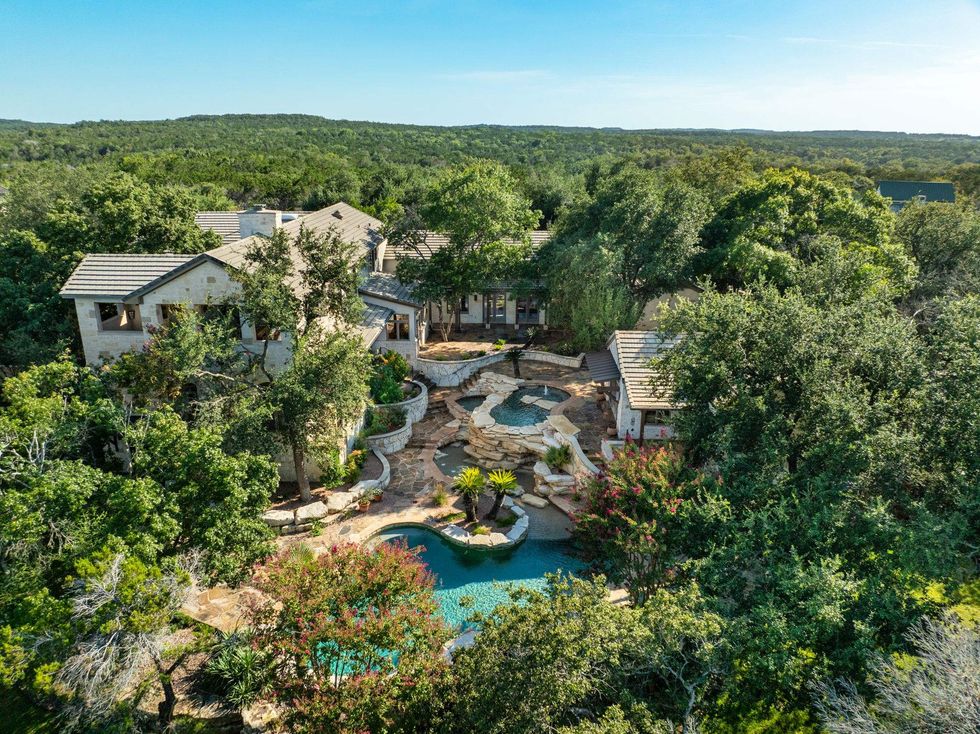
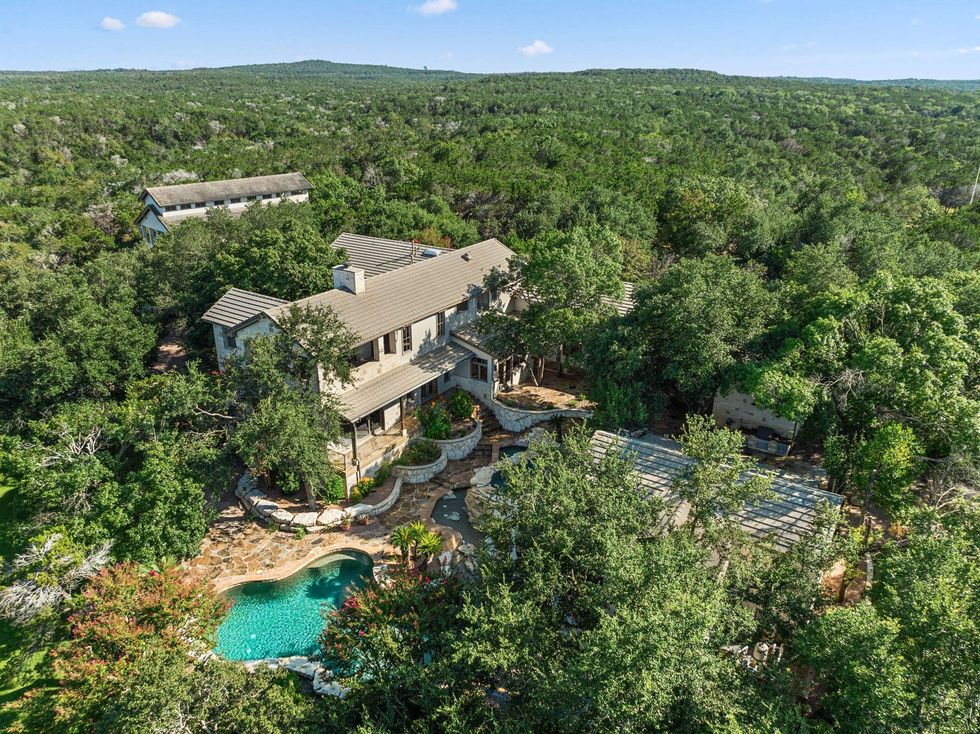
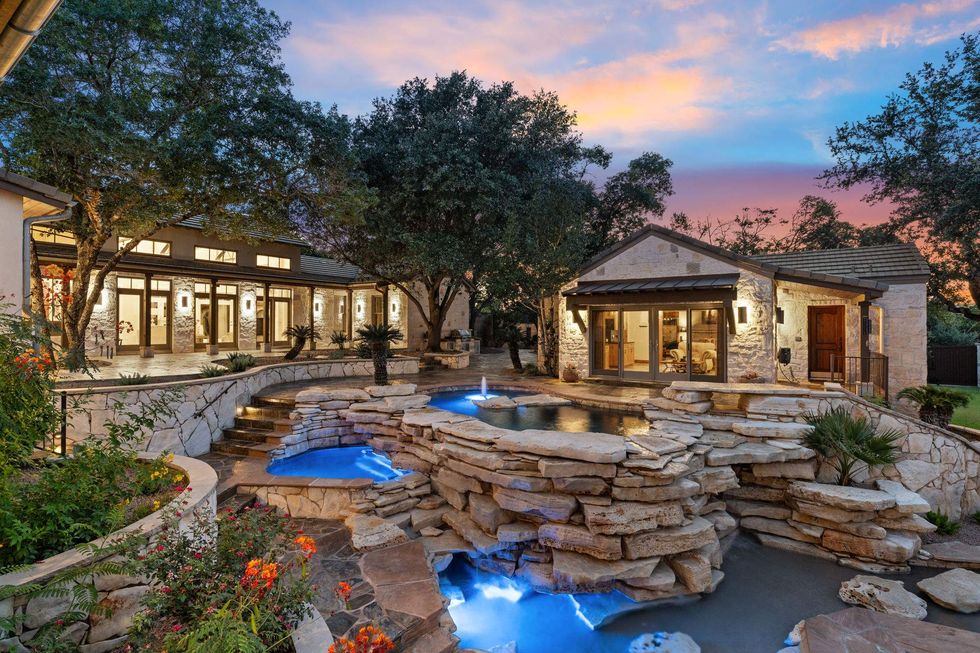
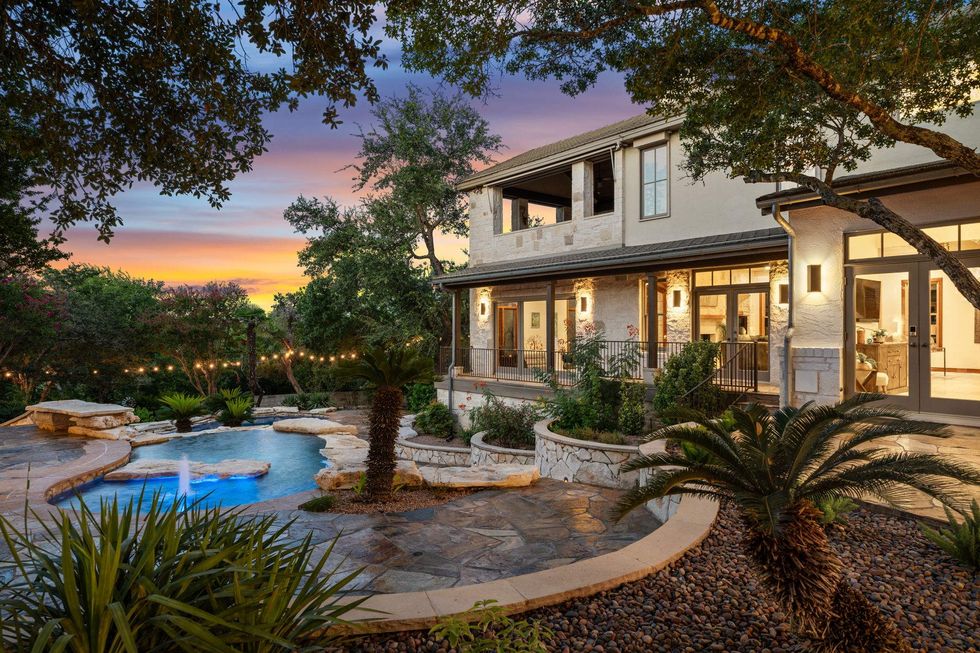
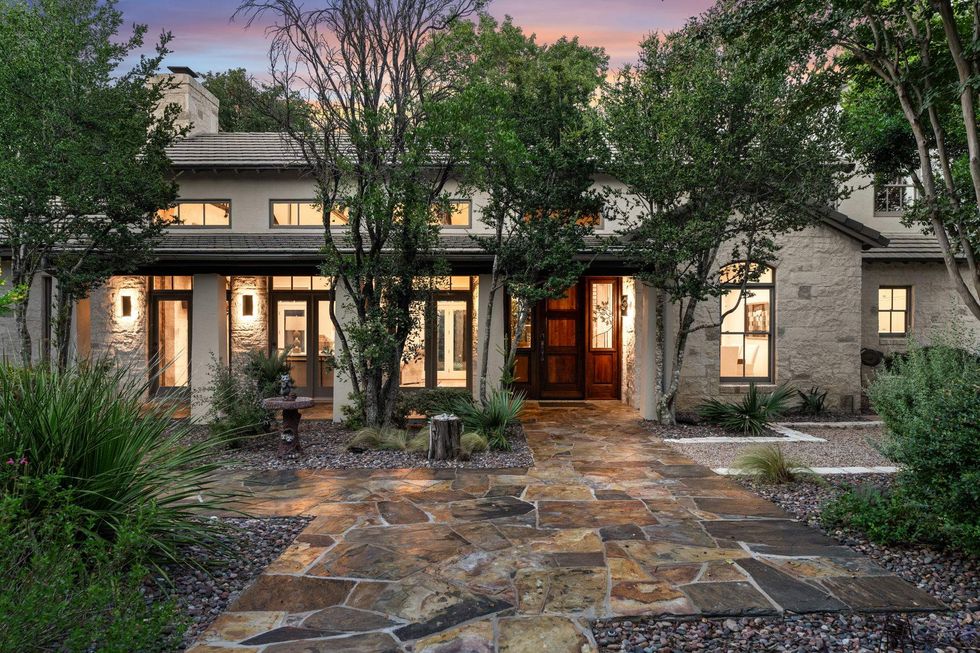

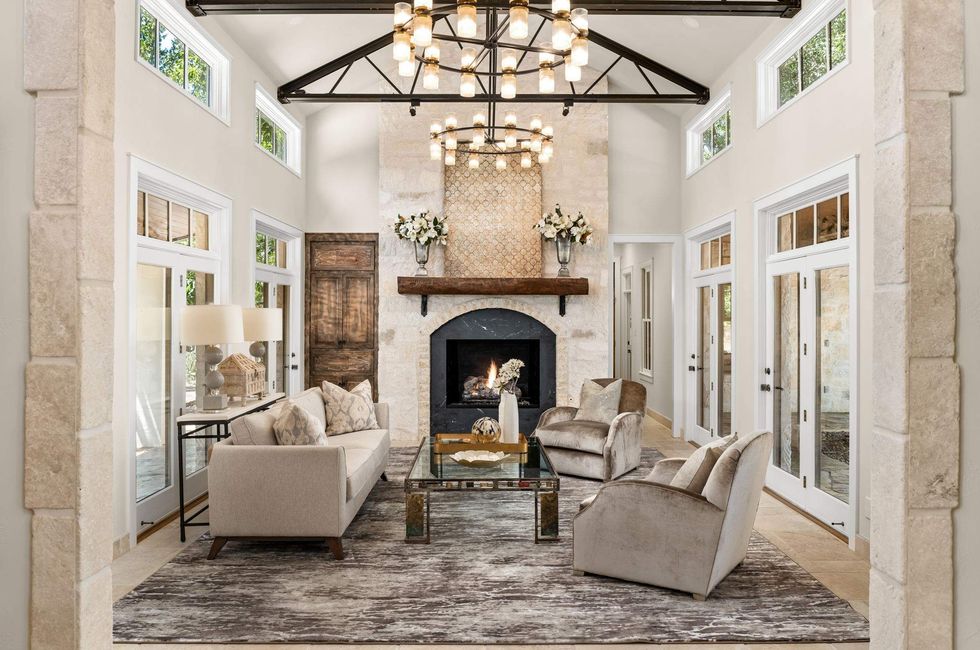
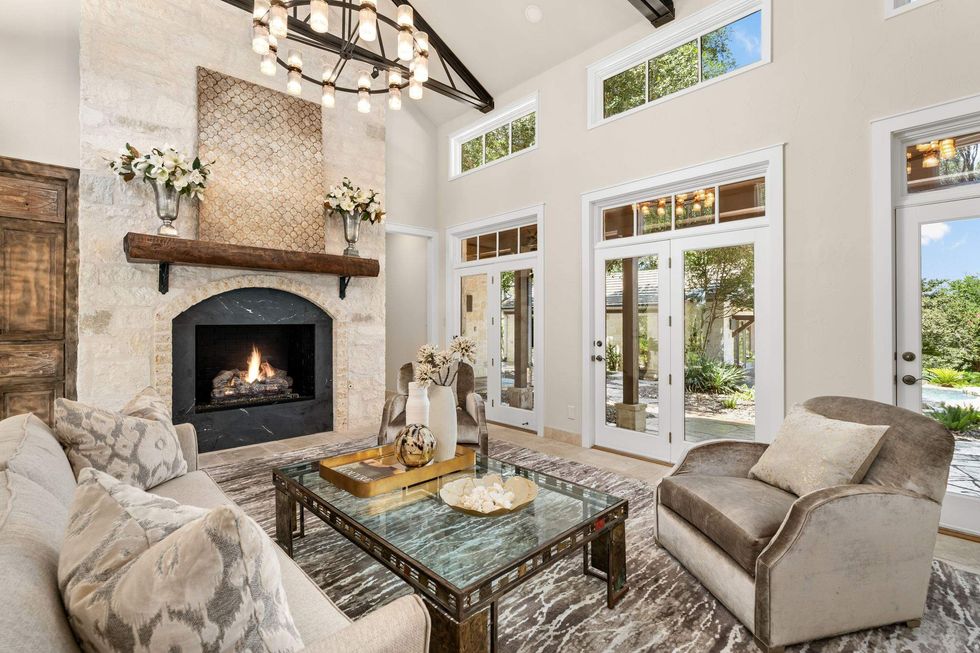
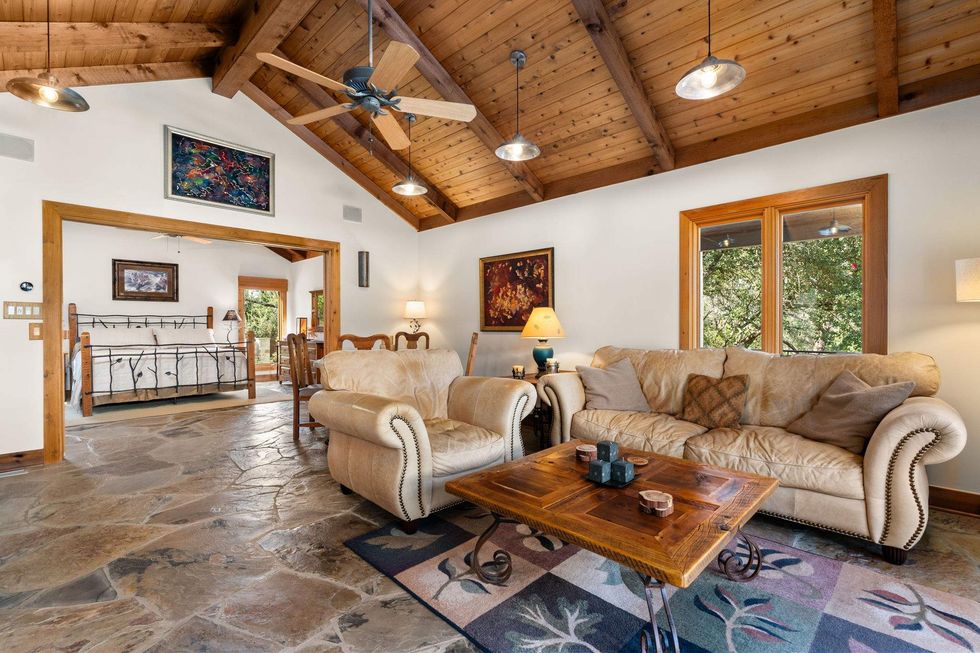
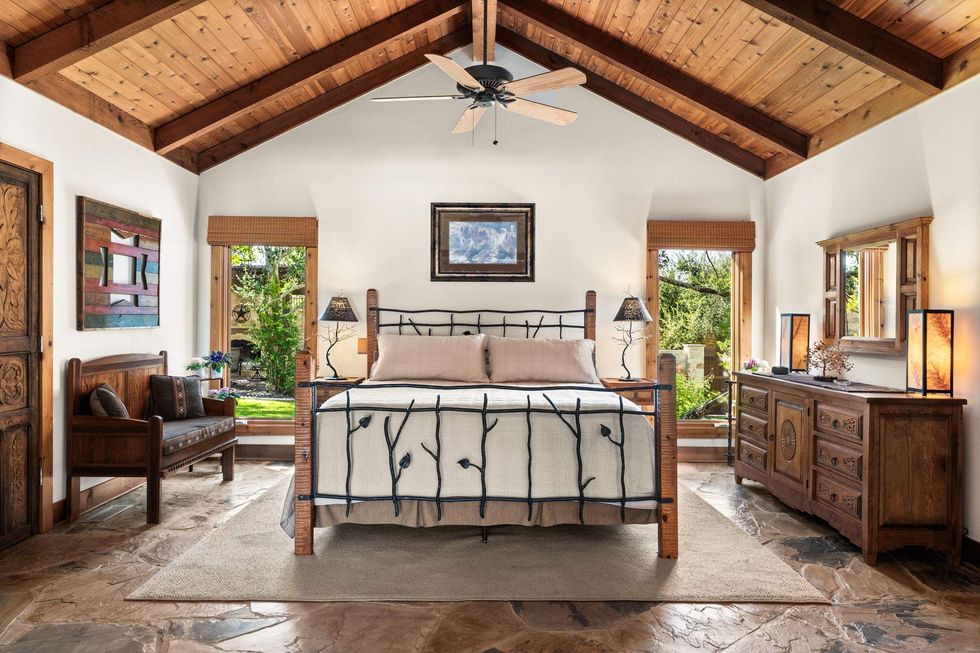
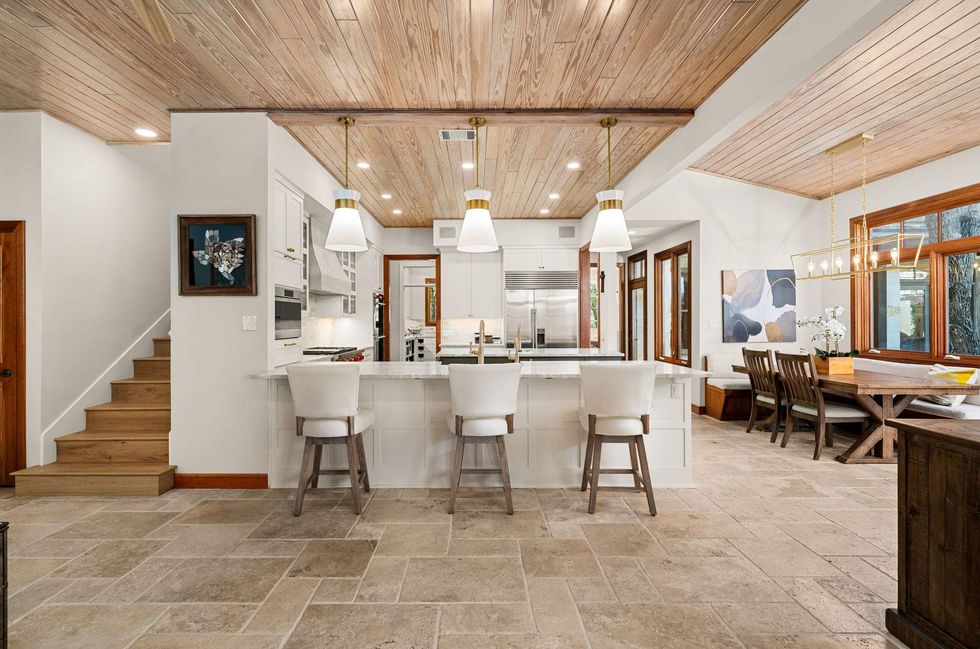

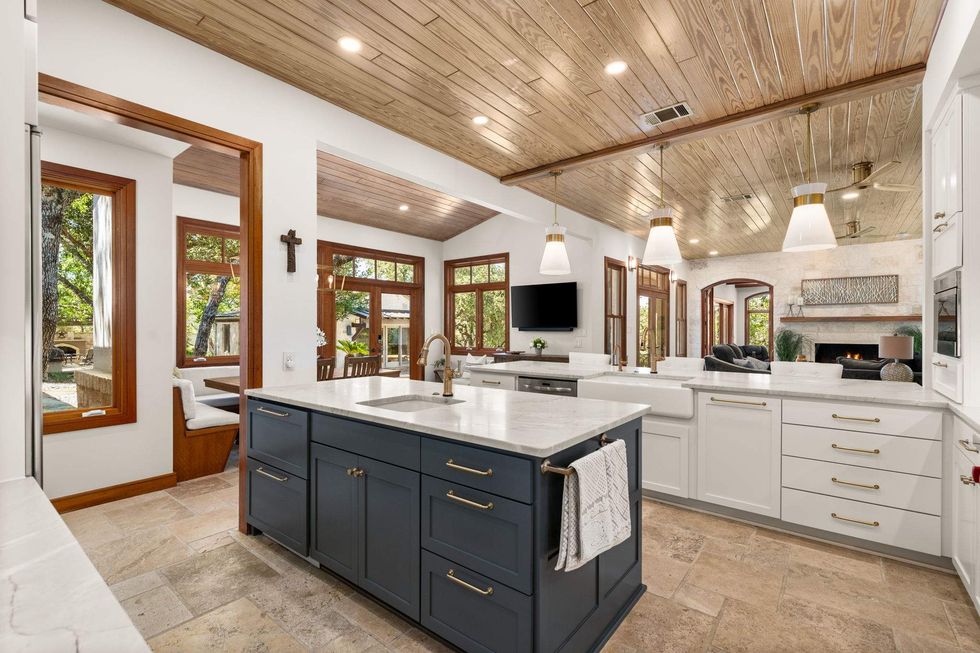
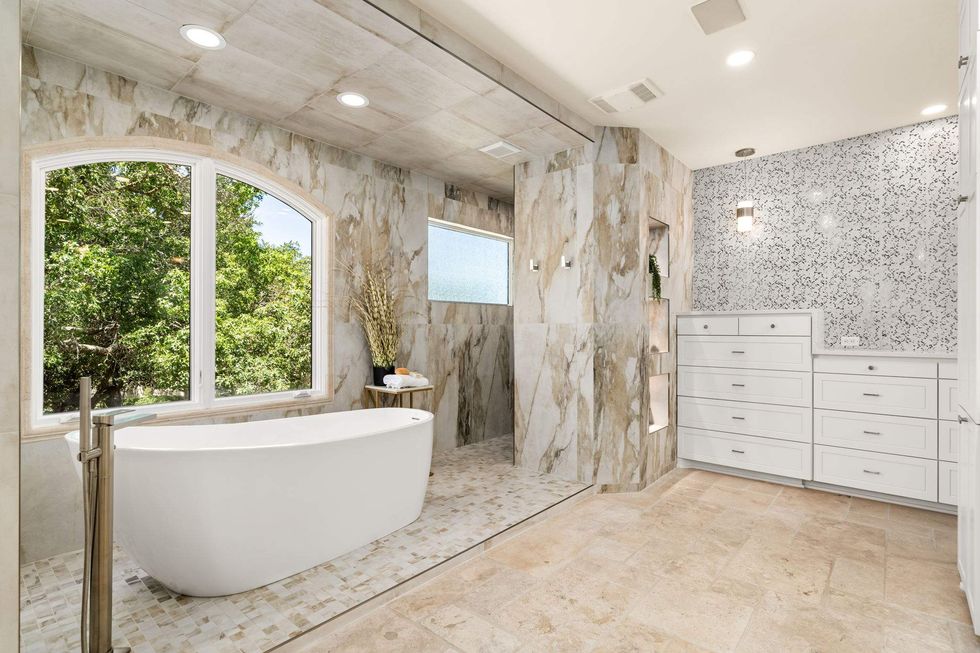
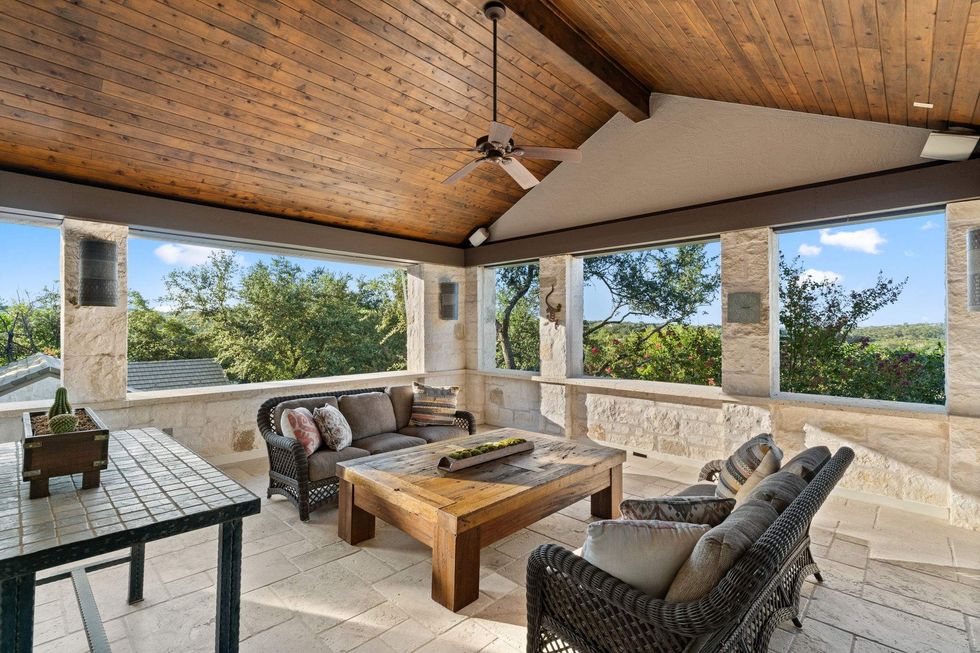
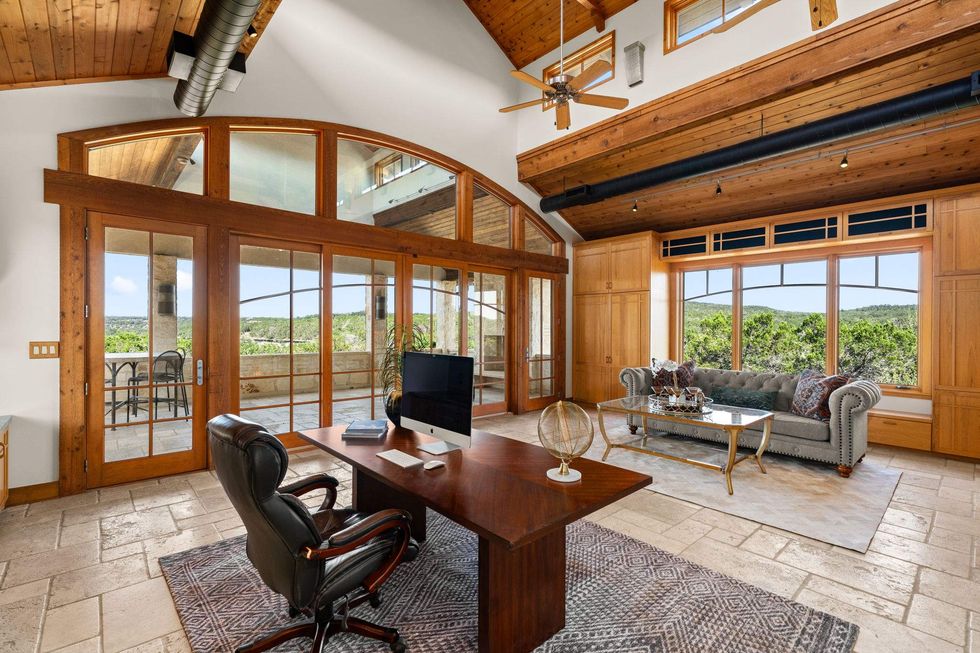
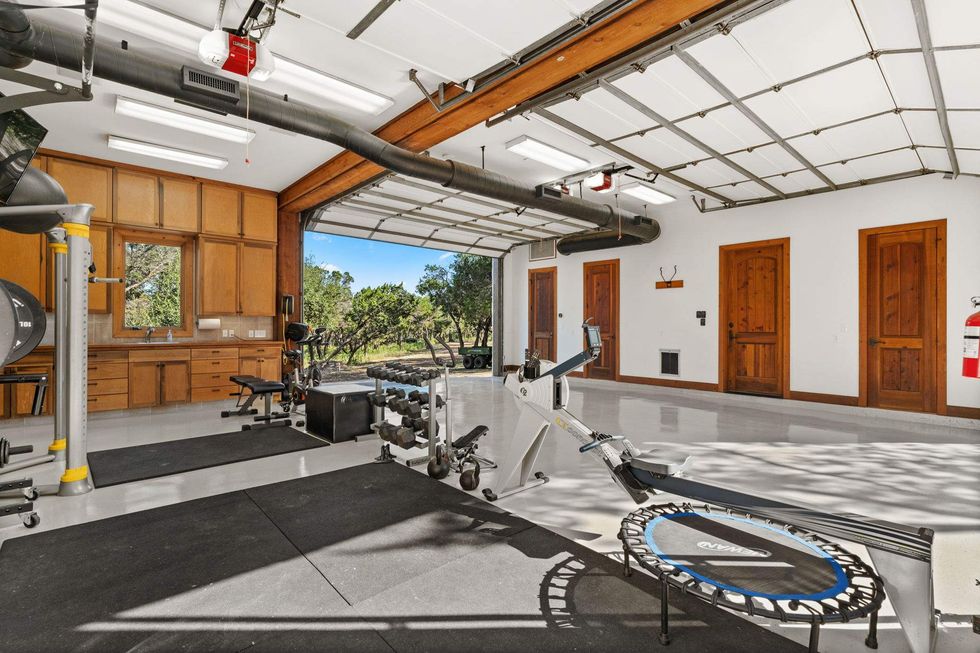
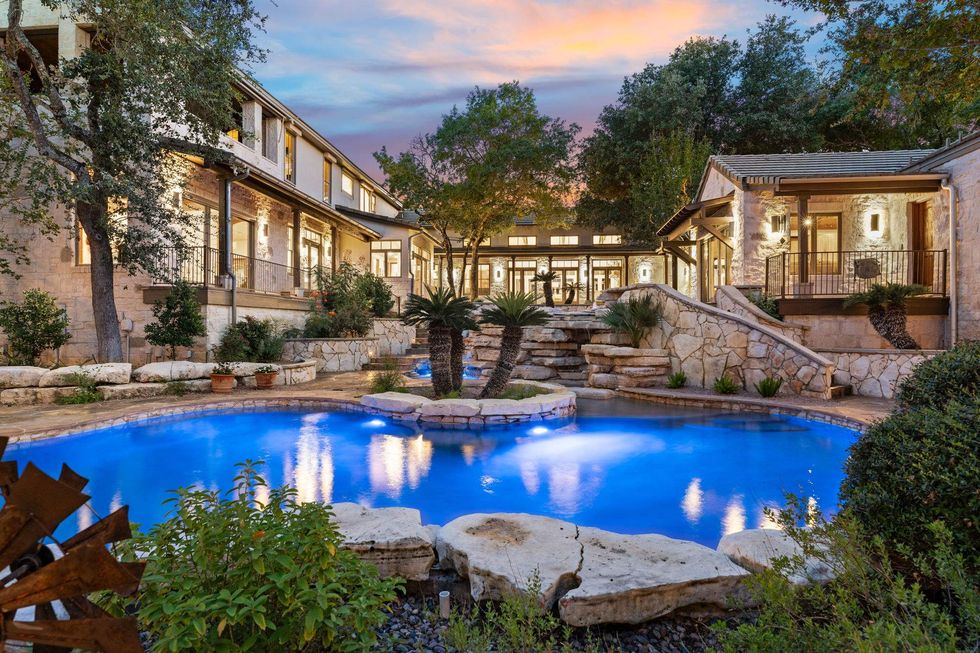
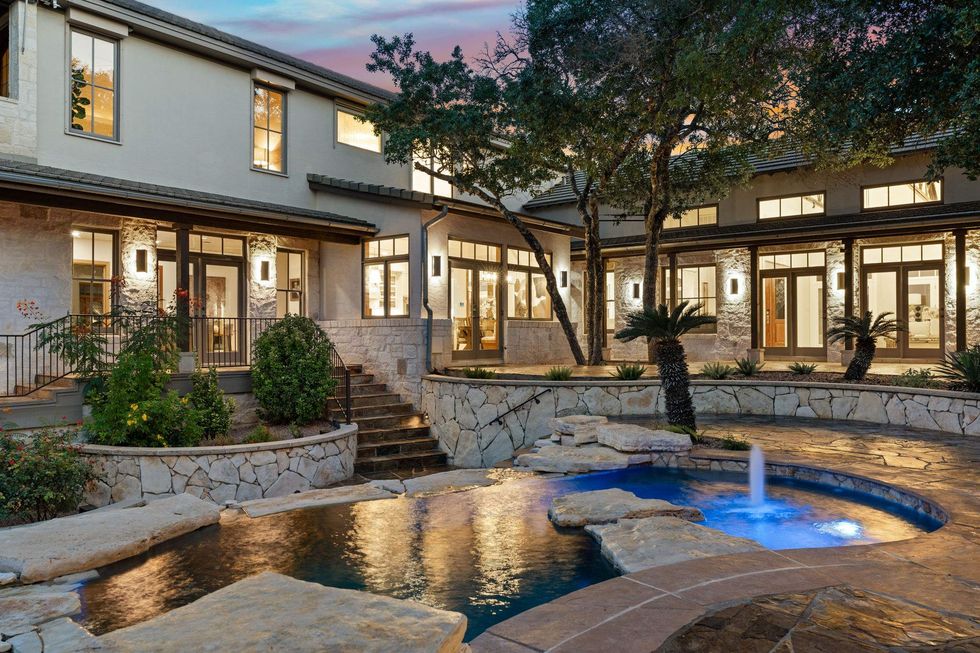
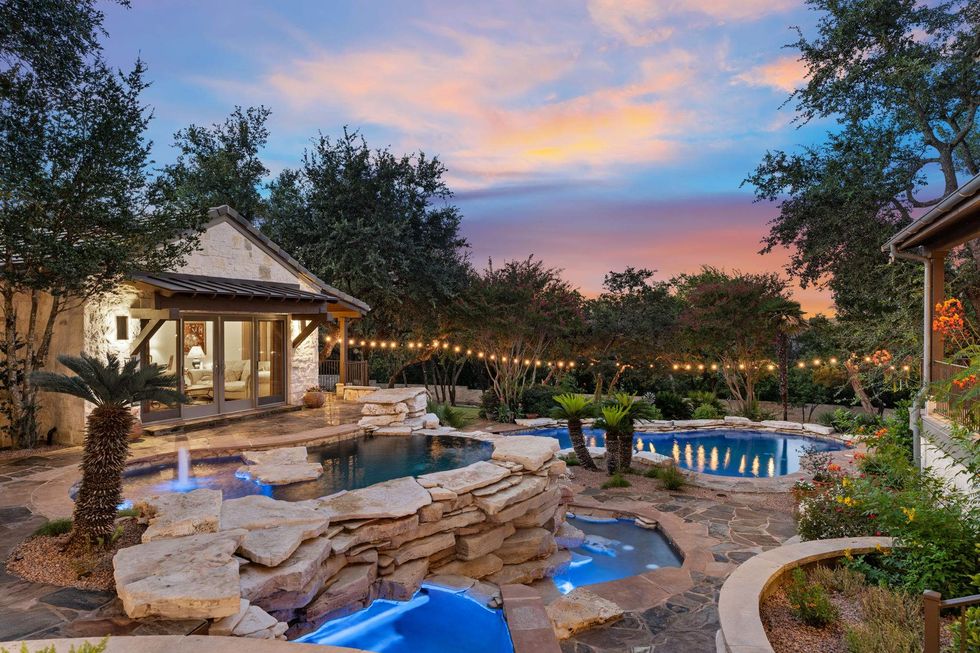
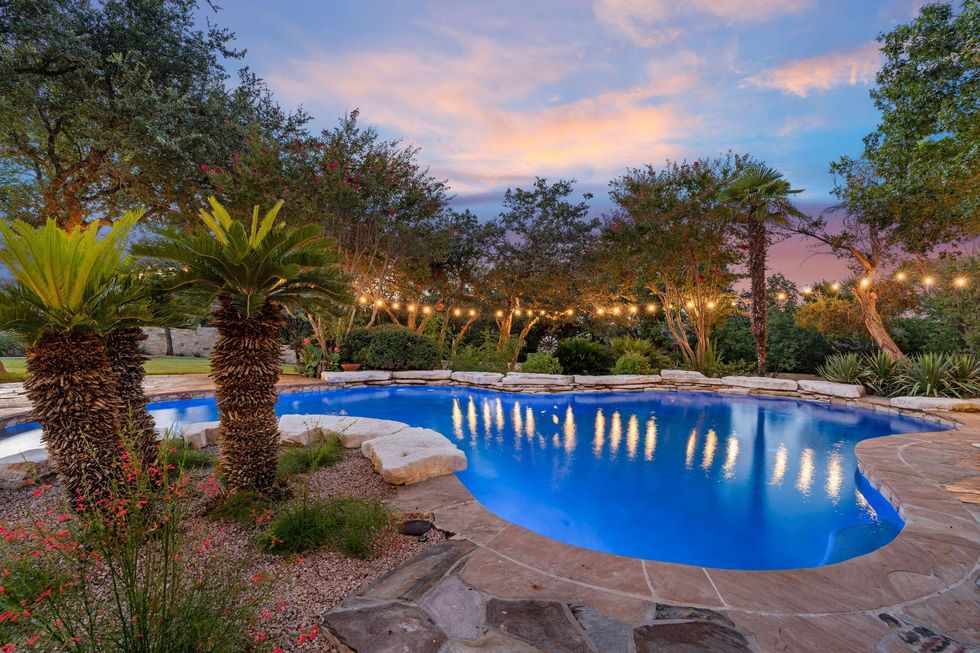
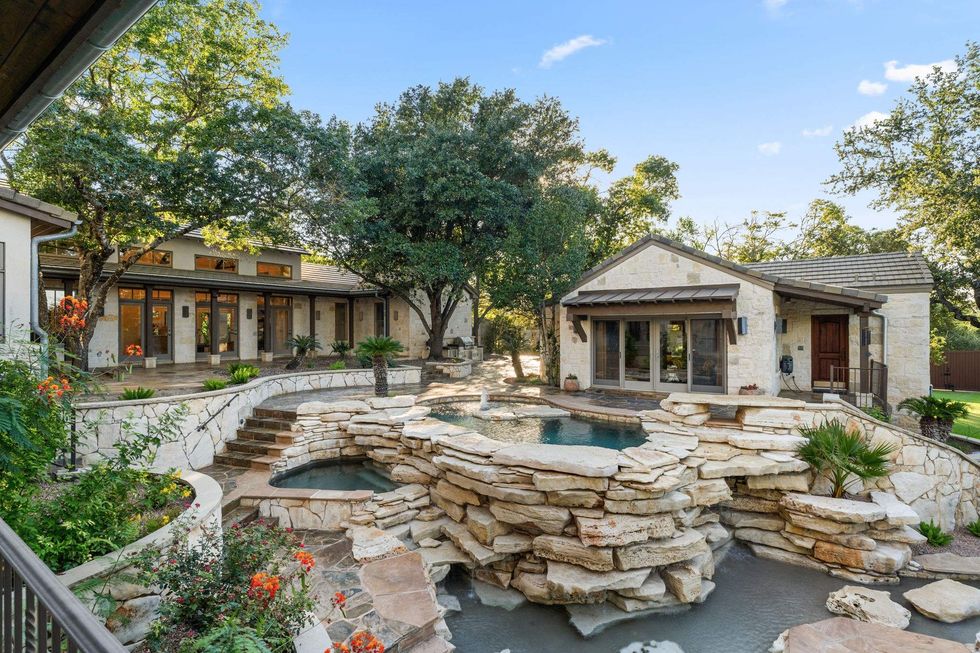 The estate is a private and peaceful oasis.Photo courtesy of Peyton Skinner
The estate is a private and peaceful oasis.Photo courtesy of Peyton Skinner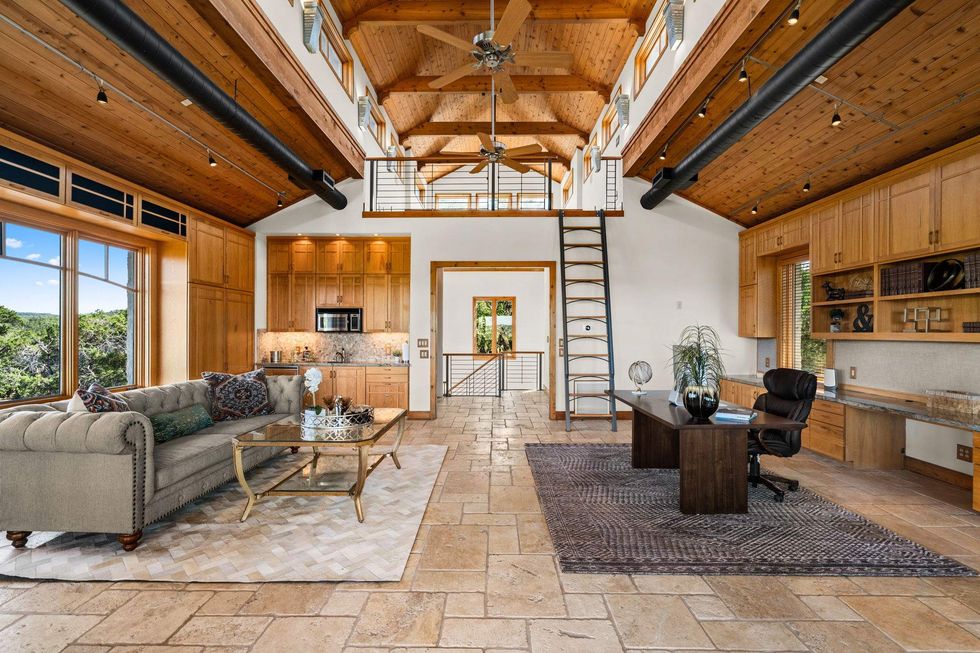 The spacious executive lodge also comes with a kitchenette, making it suitable for hosting guests or using as an office.Photo courtesy of Peyton Skinner
The spacious executive lodge also comes with a kitchenette, making it suitable for hosting guests or using as an office.Photo courtesy of Peyton Skinner